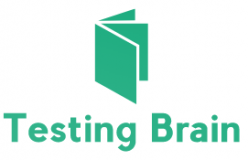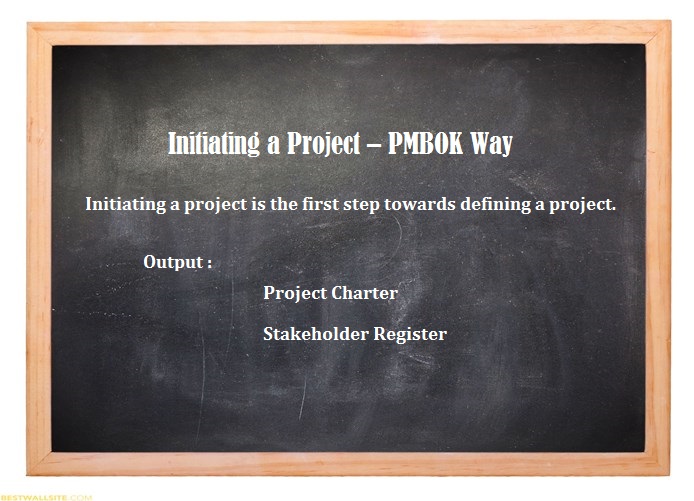According to Project Management Body of Knowledge (PMBOK) published by Project Management Institute (PMI), the Initiating Process Group consists of those processes performed to define a new project or a new phase of an existing project by obtaining authorization to start the project or phase.
Every phase of project management consists of a set of processes. Initiating a project is the first step towards defining a project. This is the phase of the project where you conform to various processes to define a business case for the project and make initial analysis for the business case. As is the case with every process group, the initiating process group has a well defined output, which include:
Project Charter
Project charter is an important document, which is an output of the Initiating Process Group. This document identifies and assigns a project manager for the project, who is authorized to use the resources of the organization to complete the project. A project charter document defines the high level scope of the project, its objectives, stakeholders, and the authority of the project manager. This document must provide the basic objectives of the project, shared understanding of the project, and is a contract among the project sponsor, stakeholders, and project team.
A project charter is a small document that contains reference to other documents for further details. A typical project charter document consists of the following sections:
- Title and Description
- Project Manager and Authority Level
- Business Case
- Resources Assigned
- Stakeholders
- Stakeholder Requirements
- Deliverables
- Objectives
- Approval Requirements
- Risks
- Approval
Title and Description
In this section, you define the project. You must provide a meaningful title that you can use to identify the project. Additionally, in this section add a short description of the projects.
Project Manager and Authority Level
In this section, you identify the person who is authorized to lead the project and the level of authority to use the resources of the organization to complete the project. This section also identifies the level of authority to manage and change the scope of the project and resources.
Business Case
In this section, you define the need of the project. You provide a short justification of the project to explain the benefits the project will incur to the organization.
Resources Assigned
In this section, you identify and assign initial resources that are at the disposal of the project manager. Additionally, in this section, you determine the culture, such as mode of communication and language to be followed, and level of involvement of the resources in the project.
Note: You can refer to a document for a detailed list of resources.
Stakeholders
In this section, you identify the known internal and external individuals who can influence the project.
Note: You can refer to a document containing a detailed list of individuals.
Stakeholder Requirements
In this section, you define the scope of the project and product, as defined by various stakeholders.
Note: You can refer to a document containing detailed requirements from various stakeholders.
Deliverables
In this section, you identify the deliverables required and the ones that will be delivered at the end of the project.
Objectives
In this section, you identify how project meets the strategic organizational goals. You identify the project objectives that satisfy these goals. The objectives you identify must be measurable, such as high level schedule and budget of the project.
Approval Requirements
In this section, you identify the items that need to be approved and the signing off authority for the same. You define the criteria that identify the success of the project.
Risks
In this section, you identify the possible high level threats and opportunities for the project.
Approval
In this section, the sponsor of the project signs off the project charter.
After sponsors sign off the project charter, it provides authority to the project manager to officially start the project.
Stakeholder Register
Stakeholders are the individuals or entities that are capable of influencing the outcome of the project and, thereby, ensuring the success of the project. Identifying key stakeholders help you to understand key players that can potentially influence the project. Managing these key players will help you to focus your time and energy during the initial phases of the project.
After identifying the stakeholders, you need to create a stakeholder register. This register contains all details of the stakeholders, such as name, department, contact details, type of stakeholder, expectations, interest, and Influence on the project.

